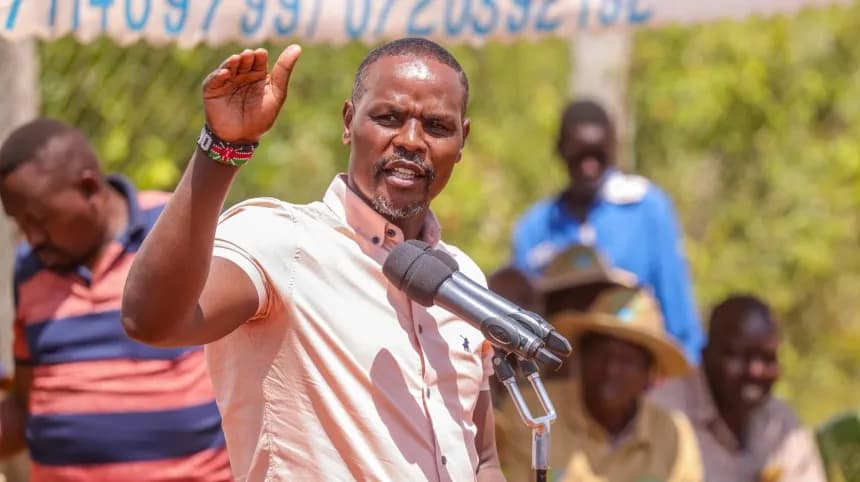We're loading the full news article for you. This includes the article content, images, author information, and related articles.
Sixteen community-led projects worth Ksh 60 million will plant trees, curb erosion and support eco-tourism to safeguard Lake Bogoria’s fragile, flamingo-rich ecosystem.

BARINGO COUNTY – July 26, 2025 — The United Nations Development Programme (UNDP), in partnership with the Government of Kenya, has allocated KSh 60 million in grants to 16 local civil‑society groups around Lake Bogoria and Lake Baringo landscapes. The funding supports a suite of initiatives in tree planting, eco‑tourism, erosion control, agroecological farming, and wildlife conservation to restore ecosystems and reinforce local resilience.
The launch was presided over by Principal Secretary Dr Festus Ng’eno, who described the effort as the government’s reaffirmation of its pledge to elevate grassroots-led environmental restoration and social resilience. The projects align with Kenya’s Bottom‑Up Economic Transformation Agenda (BETA) and international environmental commitments.
A Multi‑Stakeholder Platform, also unveiled during the launch, will oversee project coordination to ensure inclusive participation, sustainability, and accountability. Stakeholders include the Baringo County Government, Farming Systems Kenya, local NGOs, and community representatives.
The selected projects span key intervention areas:
Tree planting and land restoration, targeting deforested zones and degraded watershed areas to prevent soil erosion.
Eco‑enterprise development and eco‑tourism, designed to tap into Lake Bogoria’s unique flamingo and hot‑springs attractions while empowering local groups.
Sustainable land management, including agroecological farming practices that improve productivity and ecosystem health.
Lake Bogoria is a UNESCO‑listed Ramsar site, crucial to Kenya’s ecological diversity. Its shoreline supports more than one million lesser flamingos feeding on microalgae; its hot springs are a tourist magnet; and its stability underpins biological resilience amid climate stress.
Tourism linked to Lake Bogoria generates over KSh 60 million annually for Baringo County—making conservation efforts essential for both ecology and economy amid a county poverty rate exceeding 40%.
Tree nurseries and planting campaigns, led by local groups, aiming for improved forest cover and soil retention near the lakeshore.
Conservation tourism pilots, such as eco‑lodges and community‑led guided tours, to distribute income and reduce environmental pressure.
Community training, emphasizing agroecological methods, watershed protection, and invasive‑species management (notably combatting Prosopis juliflora, known locally as mathenge).
Monitoring and adaptive management, coordinated via the new stakeholder platform to track progress and share lessons for replication.
Ecological restoration: Addressing deforestation, soil erosion, shrinking lake levels, and biodiversity threats—particularly flamingo populations.
Local resilience: Building livelihoods around sustainable enterprises like eco-tourism and agroforestry.
Grassroots governance: Prioritizing local ownership and participation within national and global environmental goals.
Bottom line: The KSh 60 million injection marks a significant commitment to empower local communities in Baringo County. By linking environmental conservation with socio-economic opportunity, this initiative could set a precedent for sustainable development across Kenya’s critical ecosystems.
Keep the conversation in one place—threads here stay linked to the story and in the forums.
Other hot threads
E-sports and Gaming Community in Kenya
Active 7 months ago
Popular Recreational Activities Across Counties
Active 7 months ago
The Role of Technology in Modern Agriculture (AgriTech)
Active 7 months ago
Investing in Youth Sports Development Programs
Active 7 months ago